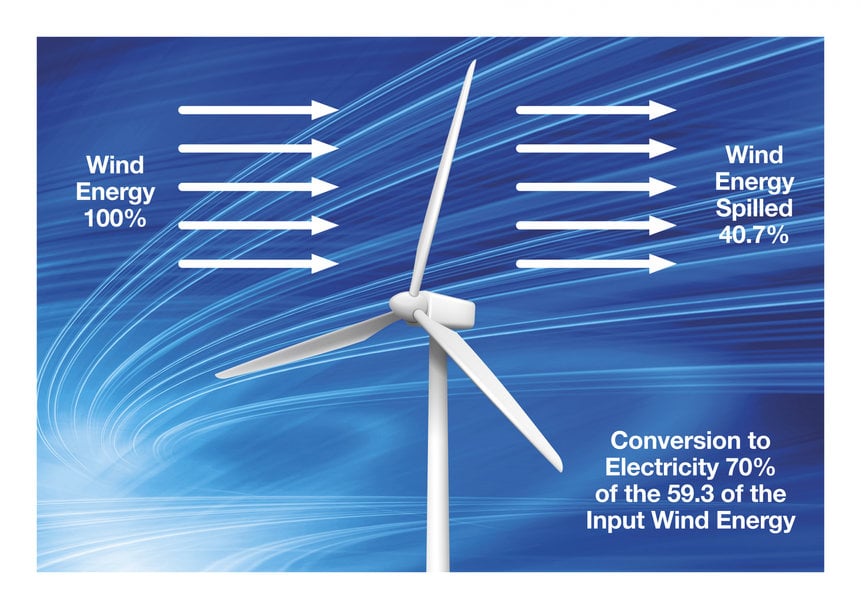www.magazine-industry-usa.com
23
'21
Written on Modified on
The Core Renewables and their Challenges
The world’s desire to decarbonise while at the same time raising living standards – particularly in parts of the world that are currently developing – challenges us to harness multiple sources of ambient energy from which to generate electricity.

Figures from IRENA, the International Renewable Energy Authority, show that installed capacity from solar and wind energy has increased significantly in recent years: Energy derived from wind has risen from 180,000 MW in 2010 to 622,000 MW in 2019, while solar has increased from 41,000 MW to 541,000 MW.
Although these renewable energy sources are clean and inexhaustible, problems still exist that need to be overcome.
Challenges to Solar Generation
The low conversion efficiency of photovoltaic (PV) cells is a challenge for solar energy. Typical PV installations in the field today operate between about 7% for low-cost polymer-film cells up to about 18% for hybrid polymer/crystalline arrays. There are prospects for improvement, however. Research organisations such as the National Renewable Energy Laboratory (NREL) in the US have managed to raise maximum cell efficiency to over 40% in laboratory conditions.
Selecting the optimum location for solar installations is another challenge. They can be a tiny panel atop roadside signs, domestic or commercial rooftop installations, or massive solar farms. Today’s largest solar farms, at Bhadla Solar Park in India and China’s Tengger Desert, are set up to generate as much as 1.5GW - on a par with some nuclear power stations. However, each occupies over 40 square kilometres. It makes sense to locate installations of this scale in areas that are not densely populated.
Installing and connecting land-based solar generators to the grid is relatively inexpensive compared to the cost of connecting offshore wind generators. Even in the harshest desert, a connector system such as TE Connectivity’s SOLARLOK can easily handle the physical stresses. The connectors are IP68 rated and can withstand three times the IEC ageing tests to ensure long-lasting connectivity.

Limitations on Wind-Turbine Performance
Wind turbines must also contend with limitations on efficiency. The turbine extracts kinetic energy from the wind, which slows the flow of air through the blades. 100% efficiency is impossible as this would require the wind to come to a standstill; with no out-flowing of air, no new air could flow in, and the turbine would stop spinning. As early as 1919, the German scientist Albert Betz calculated the theoretical maximum efficiency of a wind turbine to be 59.3%. In reality, large utility-scale turbines can achieve up to about 80 per cent of this Betz Limit, putting overall kinetic efficiency in the 35-45% range.
Intuitively, a higher wind speed allows the turbine to convert a greater quantity of kinetic energy into electricity. In practice, excessive wind speeds can damage the turbine blades, so various braking techniques are used to impose a maximum or cut-out speed. There are different braking methods including aerodynamic braking, which turns each blade away from the direction of the wind to reduce the force on the rotor, as well as mechanical and electrical braking systems.
Extremely gusty conditions or harsh storms strong enough to overcome the braking systems can damage the turbine through overheating. The blades and tower can also be vulnerable to damage that can require repair or complete replacement.
Additionally, wind turbines have a minimum cut-in speed. Typically, the wind speed must be at least 3-4 metres per second – about 7mph – before the blades will turn and electricity generation can start. Without enough wind, there is no electricity.
Is Hydro Power More Dependable?
On the other hand, water is capable of turning a turbine when flowing at speeds as low as about 1m/s. Hydro sounds promising as a source of natural energy. Indeed, renewable hydropower is currently the largest single contributor to renewable-energy generation worldwide according to IRENA, representing 63% of the total energy produced - nearly 2.4 times the installed solar and onshore/offshore wind capacity combined. On the other hand, large-scale hydroelectric projects that involve damming are expensive, time-consuming, limited by geographical factors, and can face various environmental and territorial objections.
Wave and tidal generation could offer an alternative. Because tides flow continuously as the moon orbits the earth, predictability and consistency are fundamental advantages of tidal energy. The World Economic Forum (WEF) has revealed details of a tidal project off the north coast of Scotland that generated enough energy to power nearly 4,000 homes in 2019. The European Commission says wave and tidal could supply about 10% of the EU’s energy needs by 2050.
But there are risks to commercial-scale generation: installing and connecting the generators is expensive, requiring the generators to be fixed to the seabed and connected to the grid via armoured cable. Also, little is known about the effects of generator noise and changing tidal flows on the marine environment, and there are political issues associated with sharing the oceans. Despite these potential pitfalls, Zion Market Research forecasts aggressive growth in the equipment market for tidal energy generation, which should reach almost $3 billion by 2024.
Summary
The mechanisms for capturing solar, wind, and wave energy have achieved significant improvements in recent times. With engineering ingenuity, energy efficiency, reliability, and affordability continue to increase. Challenges remain, however, and the technologies available for capturing wind, solar, and wave energy must continue to improve if renewables are to satisfy the world’s future power demands.
The next blog will look at the management of electricity generated from renewable sources using equipment such as energy storage systems, to overcome the unpredictability associated with wind and solar.
www.eu.mouser.com

